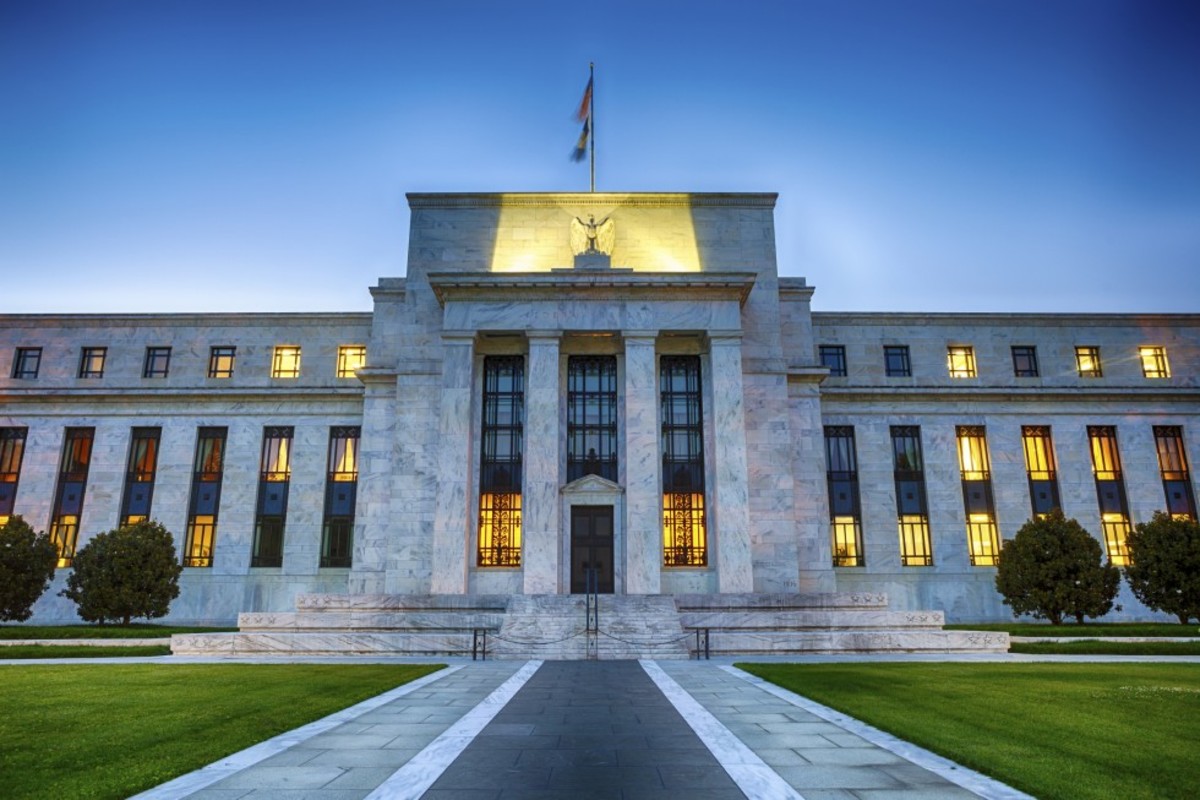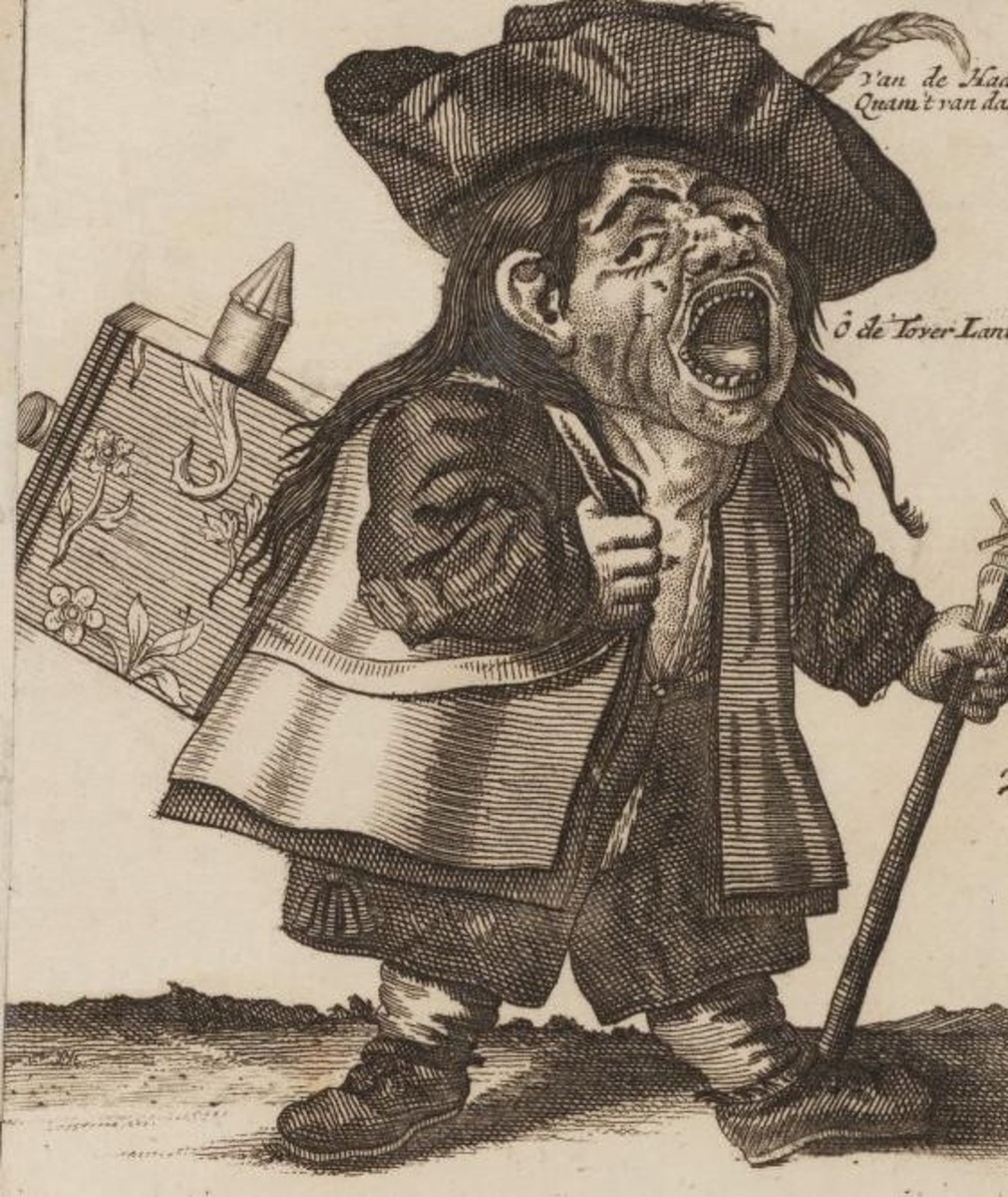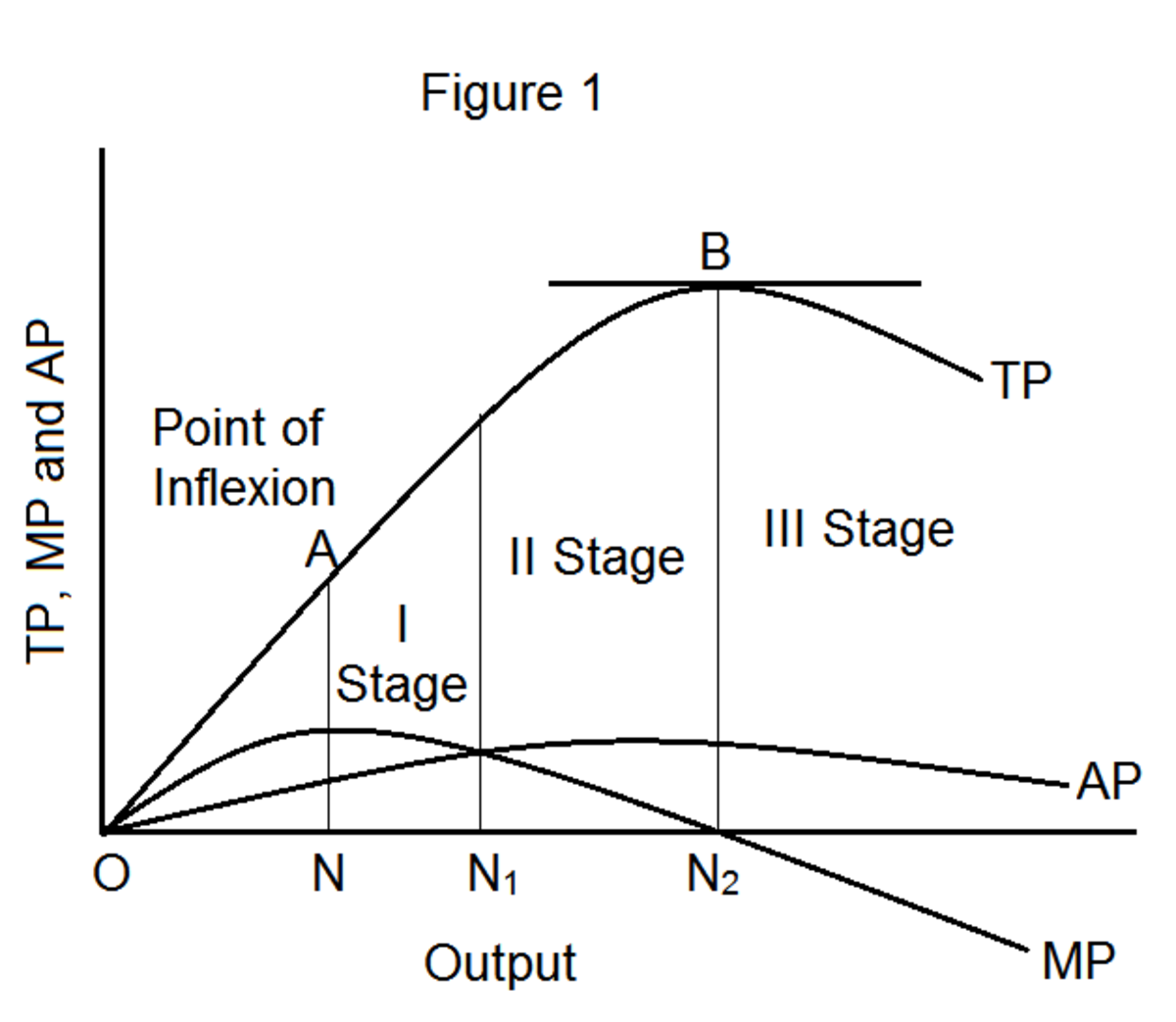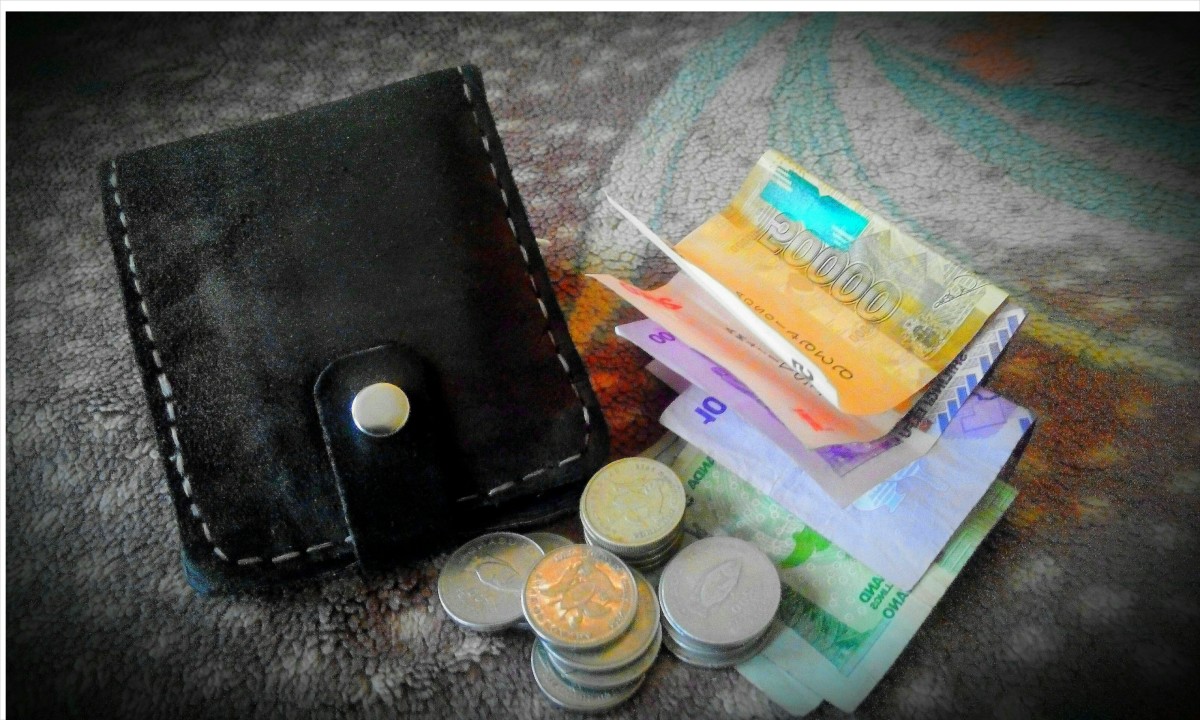10 Functions Of The Central Bank
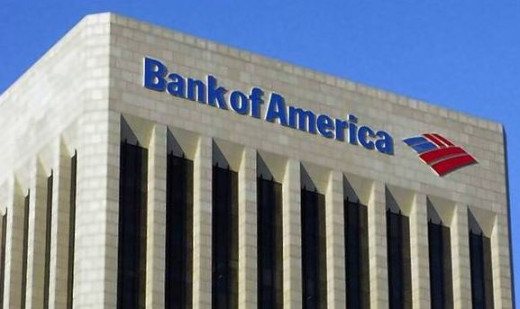
What is a central bank?
A central bank is the head of all the financial institutions in a country. A central bank is the government’s banker and also the banker of other banks. A central bank plays an extremely important role in a country in the sense that it carries out all the monetary policies of the government. Every country has a central bank, which is normally owned by the government. The oldest central bank in the world is the Bank of Sweden. This bank was opened as far back as in 1668. The Bank of England in the United Kingdom comes in next as the world’s second oldest central bank. The Bank of England was opened in 1694.
Functions of the central bank
Central banks perform so many important functions in a country. The most prominent functions of the central banks of all countries are to issue currency and maintain the stability of the currency of the nation.
Below are some of the major functions of central banks:
- The issuance of currency: The central bank is the only bank in a country that is empowered by law and given the exclusive right to print and issue all paper money and coins. Besides printing and issuing currency, the central bank also withdraws worn-out currencies from the system and replaces them with new ones.
- The government’s banker: Many times you hear people call the central bank the government’s banker. The reason it is called the government’s banker is simply because it acts as the government’s bank. By being the government’s bank, the central bank keeps all the banking accounts of the government. The central bank receives all government revenues such as revenues from taxation and pays these monies into the account of the government. The central bank then makes payments out of these monies on behalf of the government.
- Manages the national debt: The central bank is the only bank responsible for the management of the national debt. The national debt is basically the government’s external and internal borrowings. A national debt is made up of every debt owed by the government to people and institutions within the country and to foreign creditors. The central bank has the responsibility to repay or service these debts.
- Bankers bank: The central bank acts as a banker to the commercial banks in the country which is why it is also called the ‘bankers bank’. The central bank therefore received deposits from commercial banks the same way commercial banks receive money from you and me. Commercial banks keep accounts with the central bank just the same way you and I keep accounts with commercial banks.
- Lends money to commercial banks: The central bank lends money to commercial banks in dire need of money. A central bank is considered the lender of last resort. For example, in situations where a commercial bank runs into difficulties meeting payments, the bank can rush to the central bank and borrow money.
- Controls interest rate: The interest rate is the money that is paid on a loan. Others define it as the cost of taking a loan. It is the responsibility of the central bank to set the official interest rate in the country. When the central bank lowers interest rates, it increases borrowing. It is obvious that the lower the interest rate, the higher the chances of the business community to want to take loans, and vice versa. It is only the central bank of a country that can decide the interest rate.
- Controls the banking system: As the head of all banks in a country, the central bank is responsible for regulating and supervising the activities of all the banks in the country. For example, it monitors how banks in the country go about conducting their businesses. It is also the only authority that can determine which financial institutions that can eventually graduate into banks. The controlling of the commercial banks in a country by the central bank plays a very important role in ensuring a sound economic climate in the country.
- Advices government on monetary matters: The central bank acts as an adviser to the government on monetary and fiscal policies. For example, it can advise the government on how to go about raising foreign loans.
- Controls the money supply in the country: The central bank is responsible for executing monetary policies which control the supply of money in the country in order to maintain economic stability. In controlling the money supply in the economy, one of the most common things the central bank does is to either increase the bank rate or reduce it. The bank rate is the rate of interest at which the central bank lends money to commercial banks. Interest rates are tied to bank rates. This means that when bank rates go up, interest rates also go up, and vice versa. During inflation, what the central bank normally does to curb the problem is by raising the bank rate so that interest rates also increase. This encourages people to save and discourages borrowing since the cost of borrowing becomes high. The end result is a fall in the money supply in the economy, which reduces the general public’s ability to excessively demand goods and services since their purchasing power has been greatly reduced. This is one of the best ways to control inflation. Since inflation is normally caused by an excessive demand for goods and services, the best way to control it is by reducing excessive demand. Sometimes the central bank also controls the supply of money in the system during serious inflationary conditions by giving a direct order to the commercial banks to either reduce their lending to a certain level or to temporarily suspend lending so that there is a fall in the money supply. This is another measure that is often used as a means to control inflation.
- Stabilizes the exchange rate of the country’s currency: The exchange rate is simply the value of money of one country verses that of another country. The value of the country’s national currency is stabilized by the central bank through the use of foreign currency reserves and the nation’s gold reserves. For example, if the value of the currency is falling as compared to other countries’ currencies, the central bank can prevent the currency from further falling by using the reserves to buy up the currency. When this happens, there is an increase in demand for the national currency leading to its value rising overseas.
The above are the most common traditional functions of central banks all over the world.



